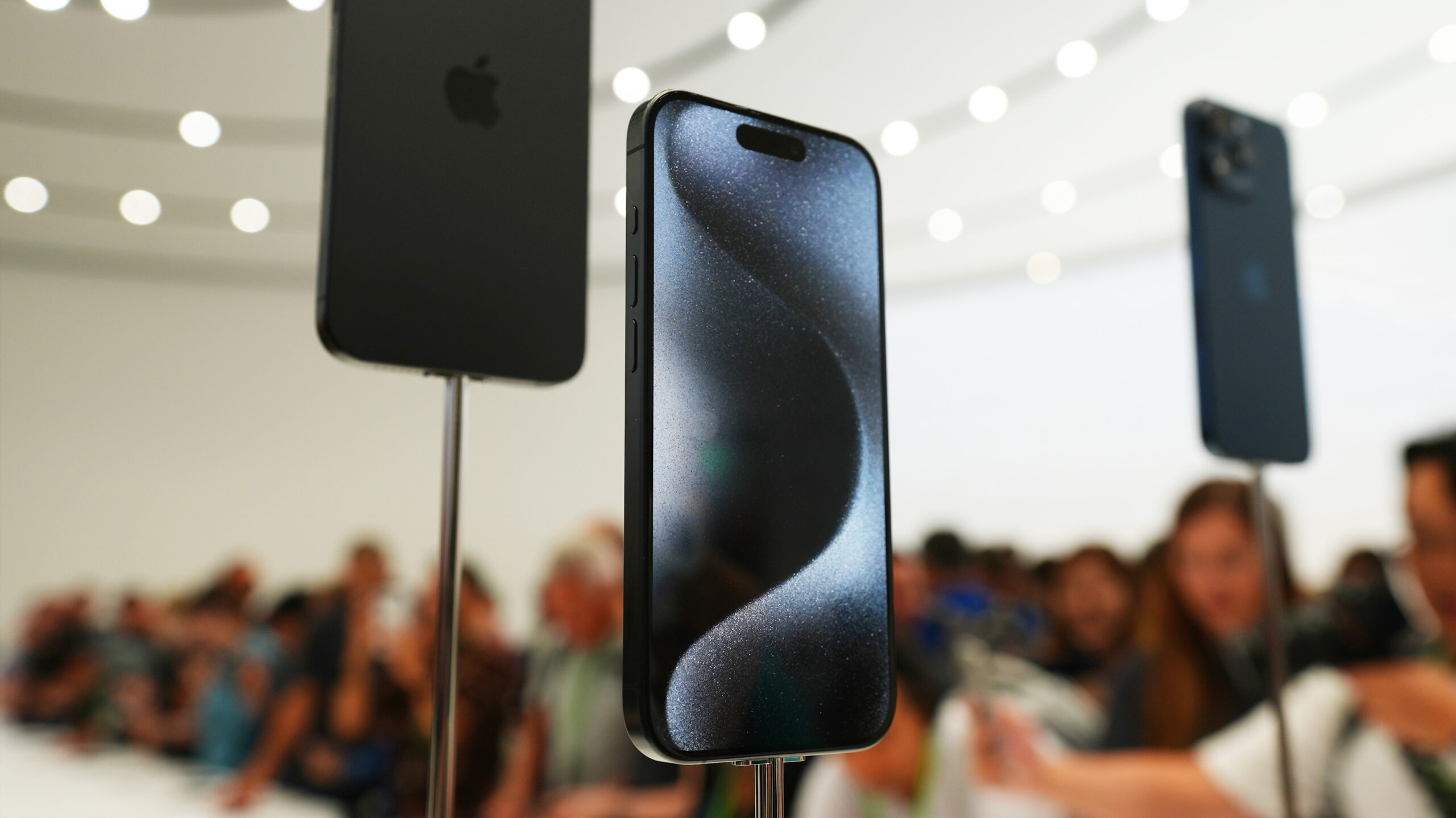There is little doubt that the iPhone 15 Pro suffers from an overheating problem. We have enough documented evidence to demonstrate this. However, the scale of the problem and its root cause remain a mystery.
Apple product analyst Ming-Chi Kuo has a theory.
He believes the problem is not with the A17 Pro chip itself, but rather “compromises made in the thermal system design to achieve lighter weight.” And this had the effect of creating a “reduced heat dissipation zone”. Add to that “the use of a titanium frame,” and all of this has a “negative impact on thermal efficiency.”
Okay, that’s the problem, but what about the solution? The solution may well be difficult to swallow for some.
“A negative impact on the iPhone 15 Pro series”
Kuo believes Apple will fix this problem with software updates, but “improvements may be limited unless Apple reduces processor performance.”
In other words, Apple will have to make the iPhone 15 Pro slower.
Kuo also issues a stern warning to Apple that if this issue is not resolved, it could “negatively impact shipments throughout the iPhone 15 Pro series product lifecycle.”
Let’s take a step back.
Apple was aware of this problem
Apple, like any other reputable company releasing a new product, will have tested the new iPhone under a large number of conditions. Apple will have designed and tested the heat dissipation mechanisms (the way the device dissipates heat) long before iPhones start rolling off production lines and into users’ hands.
This means two things.
First, Apple knew about this problem and let it slide.
Given the importance of the iPhone – Apple’s flagship product – and how quickly even minor negative reactions spread, I find it hard to believe that Apple played the “we book and see what happens.
The iPhone may be slowed down, without consequences for the user
But if Kuo is right and this is indeed a design-related thermal issue, it’s unlikely that Apple didn’t know about it. And the solution will probably be that Apple will have to reduce performance to alleviate this overheating problem.
Could iPhone 15 Pro owners notice this slowdown? Probably not. The A17 Pro has separate high-performance, high-efficiency cores, and better load balancing between these cores could resolve the issue with minimal effect on performance.
The same logic applies to charging. Apple will have tested fast charging extensively before users start needing to charge them. I don’t think this is an inherent charging issue. Charging and battery management technologies are well known by now, and while battery problems can occur, they are rare.
Something changed between testing and delivery
The other possibility (I think it’s the most plausible) is that something changed between testing and delivery.
This may be a bug. Some developers may have thought they could squeeze more power out of the processor by shifting more work to the higher-performance cores. It is also possible that a profound modification of the iOS code could cause the GPU or Machine Learning chip to slip. It’s also possible that something unexpected might happen while the device is fast charging.
It could also be a hardware bug.
Manufacturing or component defect?
A last minute change may have been made to a component. Since Apple sometimes sources identical components from multiple suppliers, differences between these components could be causing the problem.
It could also be a manufacturing or component defect.
Still, the likely solution to many of these issues will come in the form of a software patch. As the iPhone 12 write-off story demonstrated, software patches can fix a lot of problems.
In the worst case scenario, when a hardware defect is identified, the faulty hardware may require replacement. Instead of a recall, Apple would likely treat this issue as a support issue, offering affected customers the option to exchange their device.
But for now we are speculating in the dark. And we have to wait for Apple’s response.
Source: “ZDNet.com”
